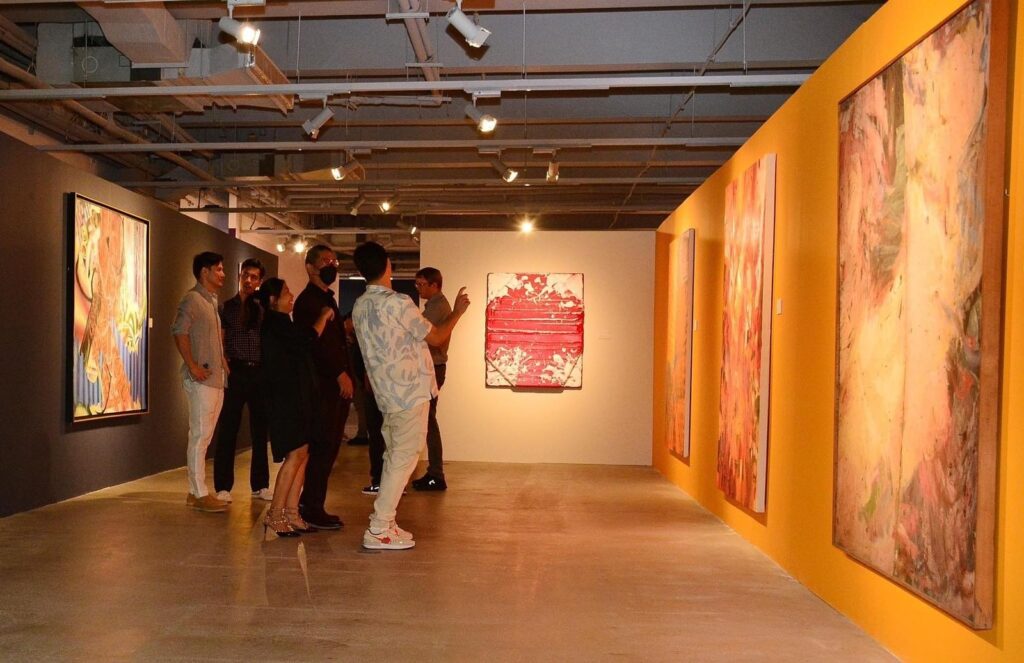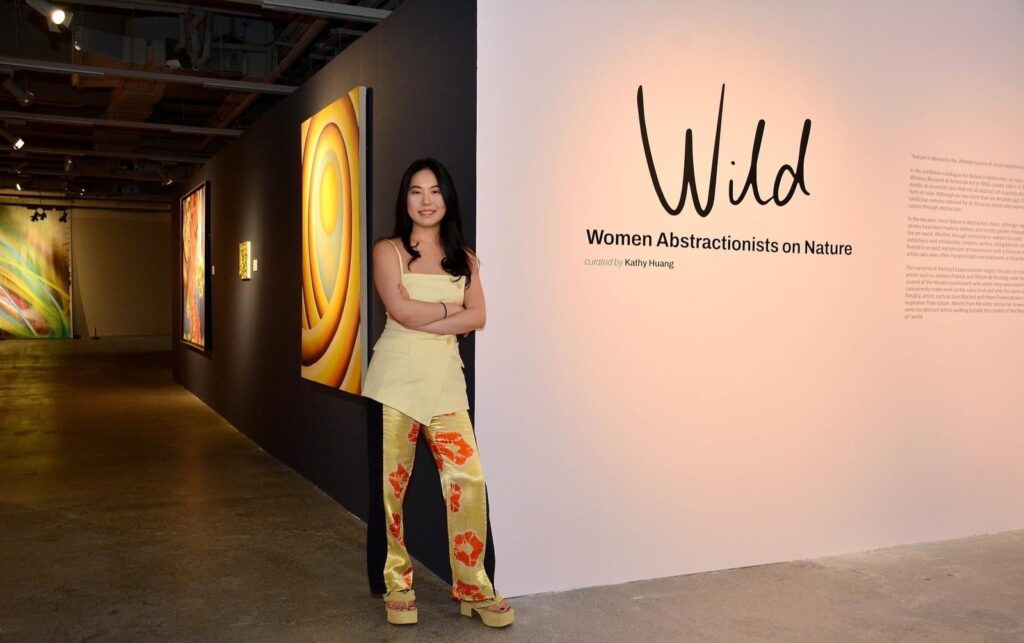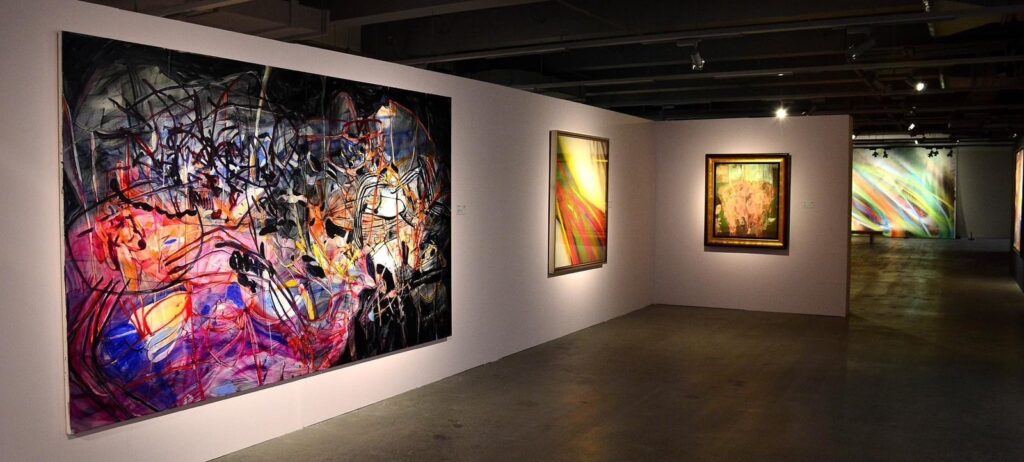Abstract artworks by globally acclaimed female artists, including those from the Philippines, deck the walls of the Met Manila this month to illustrate the equally abstract fight for the place of women in the world.
A walkthrough on 23 March by New York-based independent curator Kathy Huang takes us through the interconnectedness between art and nature transformed into color and form.
The artists draw inspiration from nature, cosmos and body, raising questions about similarities and differences between East and West.

The Shore is Parchment #14, a work by Corrine de San Jose, an award-winning film sound designer and multidisciplinary artist, is featured in the exhibit. San Jose documents varieties of alteration through the female body, her visual aesthetic principally impacted by sound, perhaps quietude in a world increasingly dominated by noise.
“I’ve always been surrounded by women in the art world. But, when you talk about gatekeeping, it’s still there and, I think, if one were a young student from nowhere and had no contacts, there’s still a lot of intricacies you have to navigate. In many galleries, there are still a lot of men or established male artists who are dictating aesthetics, etc.,” she said.
The exhibit is a step to change that, perhaps correct imbalances in artistry given how much women artists were marginalized in the world of abstract art in history.
Perceivably.
“What I find really interesting is that it is not like abstract expressionism without women; it was just that history was just written by men. These women are always working within this movement but also some of them were seen as secondary to their husbands. But a lot of the most interesting and ambitious abstract works today are being made by women. The difference between eight decades ago and now is that there are fewer social and institutional barriers to enter the art world,” Huang added.

Huang has spearheaded several exhibitions centered on women and women empowerment.
At Jeffrey Deitch, Huang curated Wonder Women, an exhibition featuring 40 Asian diasporic women and non-binary artists working in figuration. She has also organized exhibitions, such as Judy Chicago: Los Angeles (2019), Dominique Fung: It’s Not Police to Stare (2021) and Sasha Gordon: Hands of Others (2022).
“I always wanted to highlight how Asians are represented in art because it’s something I didn’t really see in the art world in New York and London. My goal is to lower the gate for Asian artists, particularly in the West,” Huang said.
In Wonder Women, she reached out to artists who didn’t have galleries or major exhibitions.
“The great thing about New York is that you’re surrounded by all these amazing artists who are friends with other artists who make the recommendations. And they want their friends to succeed,” she said.
